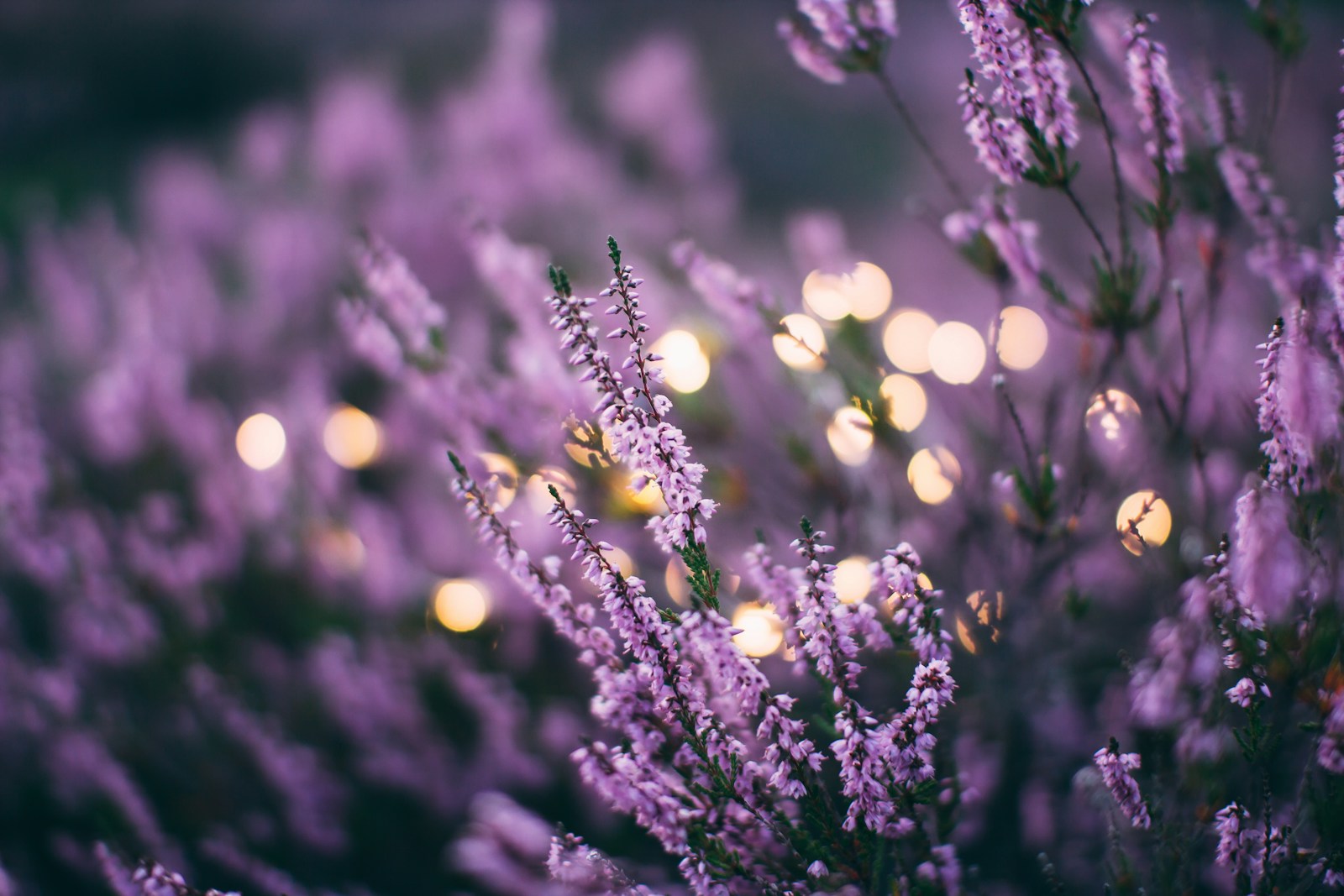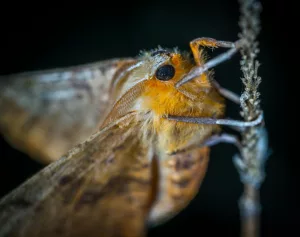The Importance of Fragrance in a Garden
Creating a fragrant garden can greatly enhance the overall sensory experience for anyone who visits. Fragrant plants not only add a pleasant smell to the air but also play a vital role in attracting pollinators such as bees and butterflies, contributing to the health and biodiversity of your garden ecosystem. The scent of these plants can create a relaxing and calming ambiance, making your garden a peaceful retreat where you can unwind and connect with nature on a deeper level.
Lavender
Lavender is a classic and beloved choice for a fragrant garden due to its soothing aroma and stunning purple flowers that add visual appeal to any landscape. This perennial herb thrives in sunny, well-drained soil and is well-known for its calming properties, making it a perfect addition to meditation or relaxation areas in your garden. Planting lavender near seating areas or along garden paths allows you to not only enjoy its fragrance with every breeze but also benefit from its natural ability to repel pests like mosquitoes.
Jasmine
Jasmine is another popular and enchanting choice for a fragrant garden, prized for its intensely sweet and exotic scent that is both uplifting and intoxicating. This vining plant is perfect for adorning trellises, fences, or arbors where its fragrant white flowers can be appreciated up close, creating a magical and romantic atmosphere in your outdoor space. Jasmine thrives in full sun and well-drained soil, rewarding you with its delightful fragrance and beautiful blooms throughout the growing season.
Rose
Roses are timeless symbols of beauty and love, renowned for their classic elegance and sweet fragrance that can evoke a sense of nostalgia and romance. With a multitude of colors and scents available, you can choose roses that bloom at different times of the year to ensure your garden remains fragrant and vibrant year-round. Proper care, including planting them in nutrient-rich soil, providing adequate sunlight, and regular pruning, is essential to maintain the health and fragrance of your roses, ensuring they continue to dazzle your senses with their exquisite aroma.
Mint
Mint is a versatile herb that not only adds a refreshing and invigorating fragrance to your garden but also offers culinary delights and medicinal benefits. The aromatic scent of mint leaves can help deter pests while attracting beneficial insects, making it a valuable addition to your garden ecosystem. To prevent mint from spreading uncontrollably, it is advisable to plant it in containers or designate a specific area in your garden for its growth, allowing you to enjoy its fragrance and reap its numerous uses without worries of it taking over your entire outdoor space.
Night-Blooming Plants
Enhance the sensory experience of your garden by incorporating night-blooming plants such as night-blooming jasmine, moonflower, or nicotiana that release their intoxicating scents after sunset, adding an extra layer of allure to your outdoor oasis. These plants not only appeal to your olfactory senses but also attract fascinating nighttime pollinators like moths and bats, contributing to the ecological balance of your garden. Placing them strategically near windows or outdoor seating areas allows you to bask in their captivating fragrance during the enchanting twilight hours, creating a magical and immersive experience for you and your guests.
Gardenia
Gardenias are renowned for their rich, intoxicating fragrance and stunning waxy white flowers, which stand out against their glossy dark green leaves. They thrive in warm, well-lit environments and require well-drained acidic soil. Ideal for both gardens and containers, gardenias need consistent watering and humidity to flourish. Their scent is often associated with luxury in perfumery.
Lilac
Lilacs are deciduous shrubs known for their lovely springtime blooms with a powerful, sweet fragrance. They come in various colors, including purple, white, and pink. Lilacs prefer cooler climates and well-drained, fertile soil. They are low-maintenance but do require full sun and good air circulation to prevent disease. Their nostalgic fragrance makes them a favorite in gardens and floral arrangements.
Freesia
Freesias, with their zesty fragrance and vivid colors, are popular in gardens and as cut flowers. They bloom in various shades, such as white, yellow, pink, red, and purple. Freesias are known for their unique flowering habit, where blooms appear along one side of the stem, creating a distinctive display. They prefer cool, sunny locations and well-drained soil.
Peony
Peonies are beloved for their lush, full blooms and sweet, sometimes slightly spicy, fragrance. They come in shades from white to pink to deep red and bloom in late spring to early summer. Peonies prefer cold winters for dormancy and thrive in sunny to partially shaded areas with well-drained soil. They are long-lived perennials that can bloom for generations with minimal care.
Hyacinth
Hyacinths are known for their dense flower spikes and rich, permeating scent. These spring bloomers come in colors like blue, purple, pink, white, and yellow. They prefer full sun to partial shade and well-drained soil. Ideal for gardens, borders, and pots, hyacinths are often used in perfumery for their strong, sweet fragrance.
Lily of the Valley
This delicate plant produces tiny bell-shaped flowers with a powerful and enchanting fragrance. Lily of the Valley thrives in shady spots, making it perfect for woodland gardens. It symbolizes purity and happiness, often featured in wedding bouquets. Despite its charming appearance, it’s important to note that the plant is toxic if ingested.
Sweet Alyssum
Sweet alyssum is a low-growing, spreading plant known for its small, fragrant flowers. It’s an excellent choice for borders, rock gardens, or as a ground cover. Sweet alyssum blooms continuously from spring to fall, attracting beneficial insects. It prefers full sun to partial shade and well-drained soil, making it a versatile addition to any garden.
Dianthus
Dianthus flowers, including carnations and pinks, are valued for their spicy, clove-like fragrance. They display a range of colors and patterns and are ideal for borders, containers, or as cut flowers. Dianthus prefers sunny spots and well-drained soil. Regular deadheading can encourage prolonged blooming throughout the growing season.
Scented Geraniums
Scented geraniums are cherished for their aromatic leaves, which release various scents when touched, such as rose, lemon, and mint. While their flowers are more subtle, the foliage provides continuous fragrance and interest in the garden or indoors. They prefer bright light and well-drained soil, making them excellent for containers and herb gardens.
Sweet Pea
Sweet peas are climbing plants known for their sweet fragrance and colorful, delicate flowers. They are excellent for trellises, fences, or as cut flowers to bring their delightful scent indoors. Sweet peas prefer cool temperatures and well-drained soil, and they benefit from regular watering and support for climbing.
Heliotrope
Heliotrope, often called “cherry pie,” produces clusters of tiny, vanilla-scented flowers. The plant enjoys full sun to partial shade and well-drained soil. Its flowers range from deep purple to white, and the plant can be grown in gardens or containers. Heliotrope’s fragrance intensifies in the evening, making it a perfect choice for patios or windowsills.
Magnolia
Magnolias are known for their large, aromatic flowers, which can be white, pink, purple, or yellow, depending on the variety. They can be grown as large shrubs or trees and prefer full sun to partial shade. The fragrance of magnolia flowers is sweet and lemony, with different species blooming from early spring to summer.
Mock Orange
Mock orange shrubs produce white, citrus-scented flowers in late spring to early summer. They thrive in full sun to partial shade and prefer well-drained soil. Mock orange is ideal for creating fragrant hedges or as a standout specimen in the garden, offering both visual and olfactory appeal.
Ylang-Ylang
Ylang-ylang is a tropical tree valued for its intensely fragrant flowers, which are a key ingredient in many perfumes. The tree requires a warm climate and can grow quite tall. Its flowers emit a sweet, floral, and slightly fruity scent, particularly appealing in the evening.
Plumeria
Plumeria, also known as frangipani, features flowers that are revered for their beauty and fragrance, often used in leis. The tree thrives in tropical climates but can be grown in containers in cooler areas, brought indoors during winter. Plumeria flowers offer a variety of scents, from sweet to spicy, depending on the species.
Tuberose
Tuberose is a night-blooming plant valued for its heady, sweet fragrance and elegant white flowers. It prefers full sun and well-drained soil. Tuberose is often used in perfumery and is a popular choice in bridal bouquets for its intoxicating scent.
Honeysuckle
Honeysuckle vines are cherished for their sweetly scented flowers, which attract pollinators and can add a touch of wildness to the garden. They thrive in full sun to partial shade and well-drained soil. Honeysuckle’s fragrance is strongest in the evening, making it a perfect plant for near sitting areas or windows.
Conclusion
By diversifying the array of fragrant plants in your garden, you can curate a multisensory haven that delights and engages both you and your visitors on a profoundly sensorial level. Experiment with different combinations of plants, considering factors like bloom time, growth habits, and compatibility, to create a garden that not only appeals to your sense of smell but also enhances the aesthetic beauty and enchantment of your outdoor sanctuary. Embrace the power of fragrant plants to transform your garden into a sensory paradise that uplifts your spirit and nourishes your soul, fostering a deeper connection with nature and the beauty that surrounds you.




